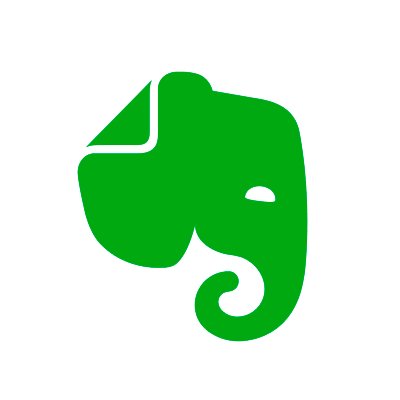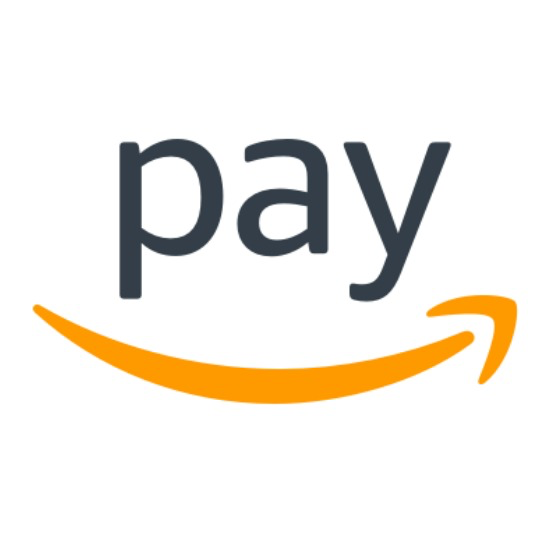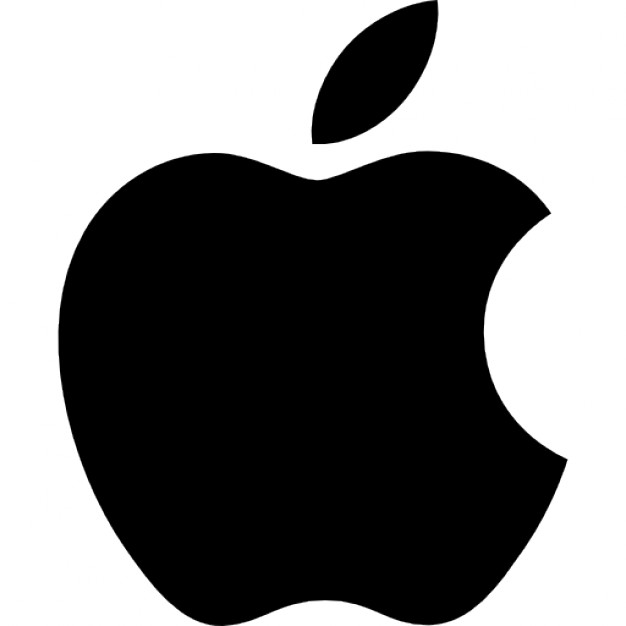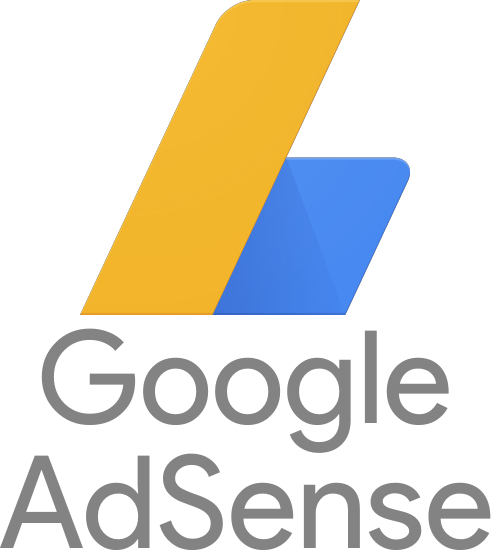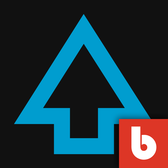How Rob Kessler Invented A Permanent Collar Stay for Dress Shirts
Hello! Who are you and what business did you start?
I am Rob Kessler inventor and co-founder of Million Dollar Collar, the world’s first permanently installed placket stay.
It makes casually worn dress shirts look amazing unlike any other product ever offered. Our customers are image-conscious men and women who know that clothing speaks for them and they hate looking sloppy in a dress shirt.
Million Dollar Collar has already helped people in 100 countries upgrade 200,000 of their own dress shirts, and aims to change the dress shirt industry as a whole just like Non-Iron and Collar Stays did in the past.

What's your backstory and how did you come up with the idea?
I came up with the idea for Million Dollar Collar after looking at my wedding photos and being disappointed in the way...

Download the report and join our email newsletter packed with business ideas and money-making opportunities, backed by real-life case studies.

Download the report and join our email newsletter packed with business ideas and money-making opportunities, backed by real-life case studies.

Download the report and join our email newsletter packed with business ideas and money-making opportunities, backed by real-life case studies.

Download the report and join our email newsletter packed with business ideas and money-making opportunities, backed by real-life case studies.

Download the report and join our email newsletter packed with business ideas and money-making opportunities, backed by real-life case studies.

Download the report and join our email newsletter packed with business ideas and money-making opportunities, backed by real-life case studies.

Download the report and join our email newsletter packed with business ideas and money-making opportunities, backed by real-life case studies.

Download the report and join our email newsletter packed with business ideas and money-making opportunities, backed by real-life case studies.













